
Why Your Company Should Adopt Innovation Days
An Innovation Day is typically a 24-hour event in which employees form small teams to try and solve a problem relevant to the business. The teams have to present their ideas back to the business with a strong business case and working prototype. Many companies have their version of an Innovation Day.
What can a company gain from an Innovation Day? How can you successfully take an idea, put it into production, and ensure it resonates with your customers?
Never underestimate your staff
Traditionally new ideas for products or digital direction are filtered from the top down within an organisation, unless you’re Google or run a flat management system.
This traditional style of idea generation can sometimes stop the best ideas from coming to fruition. It’s the companies who are willing to take the leap and try something new that become the success stories of tomorrow.
Sometimes the best ideas are generated from those who work ‘in’ and not ‘on’ the business. These people see problems that customers and colleagues have on a daily basis that could be fixed from a simple bit of technology. Or identify a gap in the market based on something they would find useful as a consumer.
Decision makers at the top can sometimes be paralysed by running the business, whereas staff are more open to think freely, as they don’t tend to think about the constraints of an idea. Mars Celebrations, for instance, was the brainchild of an ordinary Mars worker in the UK, and has since earned millions for the brand.
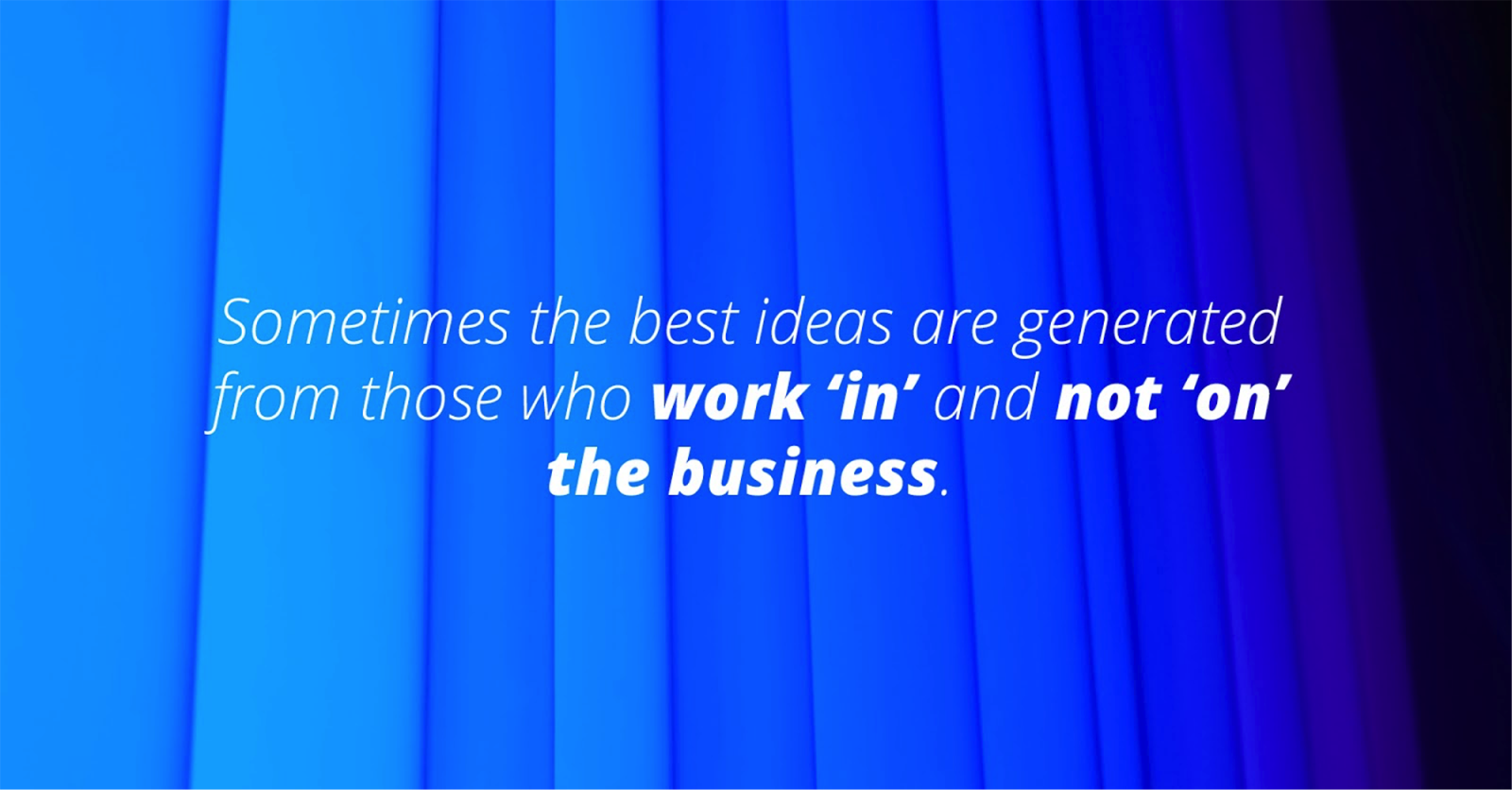
Seemingly old-fashioned brands are embracing innovation
Banks are stereotypically seen as having an iron-fronted, non-innovative approach to business, and although many claim they put their customers first, many fail to practice what they preach. While this might be the stereotypical response, one of Australia’s banks have embraced user-centred design and team Innovation Days. They ditched the cumbersome waterfall approach in favour of a continuous-delivery methodology when it comes to their digital products.
An idea is born
An Innovation Day at a well-known bank, for example, inspired an idea to solve the issue of friends sharing the cost of bills. It would become a feature within the existing banking app and allow users to share group bills and send texts to their friends—telling how much they owe, their bank details, and providing them with a unique reference number that could later be used to track when a friend has paid them.
The feature would target a younger audience who, from the research, share bills on a frequent basis. The new concept was seen as something that no other bank was offering and would allow the brand to target a new audience.
Can’t justify 24 hours?
If you can’t justify taking 24 hours out of the ‘usual’ working period to run a Innovation Day, you could try an ‘innovation sprint’. Staff can post ideas or problems they want to solve up to a week before (the same as an Innovation Day). Individuals can then choose which idea they’d like to solve, and rather than building a working prototype, they could brainstorm the idea and develop a solution. The sprint would be limited to a normal 8-hour day.
Running Innovation Days, sprints, or even weekends, can not only help empower staff and help with team building, but can also create new initiatives for your brand.
Taking the idea to production
The concept was successfully pitched at an Investor Day, giving the team a small budget to explore the idea further. Once this phase was complete, it was handed to the mobile app team to build into the existing banking app.
Innovation Days were a new concept within the bank and - like with any new process - it was a case of trial, error, and improvement. The bill sharing concept was the first Innovation idea to go into production.
It became apparent early on that the new feature couldn’t simply be added within the existing app’s code base. Due to the short time the team had to work on the idea, there were a lot of areas left unanswered in terms of the user experience, functionality, and technology.
Get it ‘out’, then get it ‘right’
Launching with an MVP version of your innovation is a great way to ensure it hits the market before your competitors launch something similar. Many brands feel they need to spend time refining until it’s perfect before they launch. Working with an Agile methodology and getting an MVP version out as fast as possible allows you to test your idea with real users, refine, improve, and implement. While you can refine and improve your MVP version, your competitors are having to start from scratch to try and catch up. By the time they have caught up, you will have market share, along with a more advanced product and more in-depth user knowledge.
The bank’s bill sharing concept wasn’t initially going to have an MVP version. It was, however, going to receive a large marketing campaign; something the app had never received even when first launched. Although the app is always being refined to improve the user’s experience using the continuous delivery approach, launching a new feature with the backing of a large marketing campaign requires ensuring that the customer is centre of mind to avoid jeopardising user confidence and the brand’s reputation.
It’s important not to make user-assumptions. This can not only risk wasting time building something users find confusing, but can also waste valuable time designing a user interface that doesn’t resonate with the user.
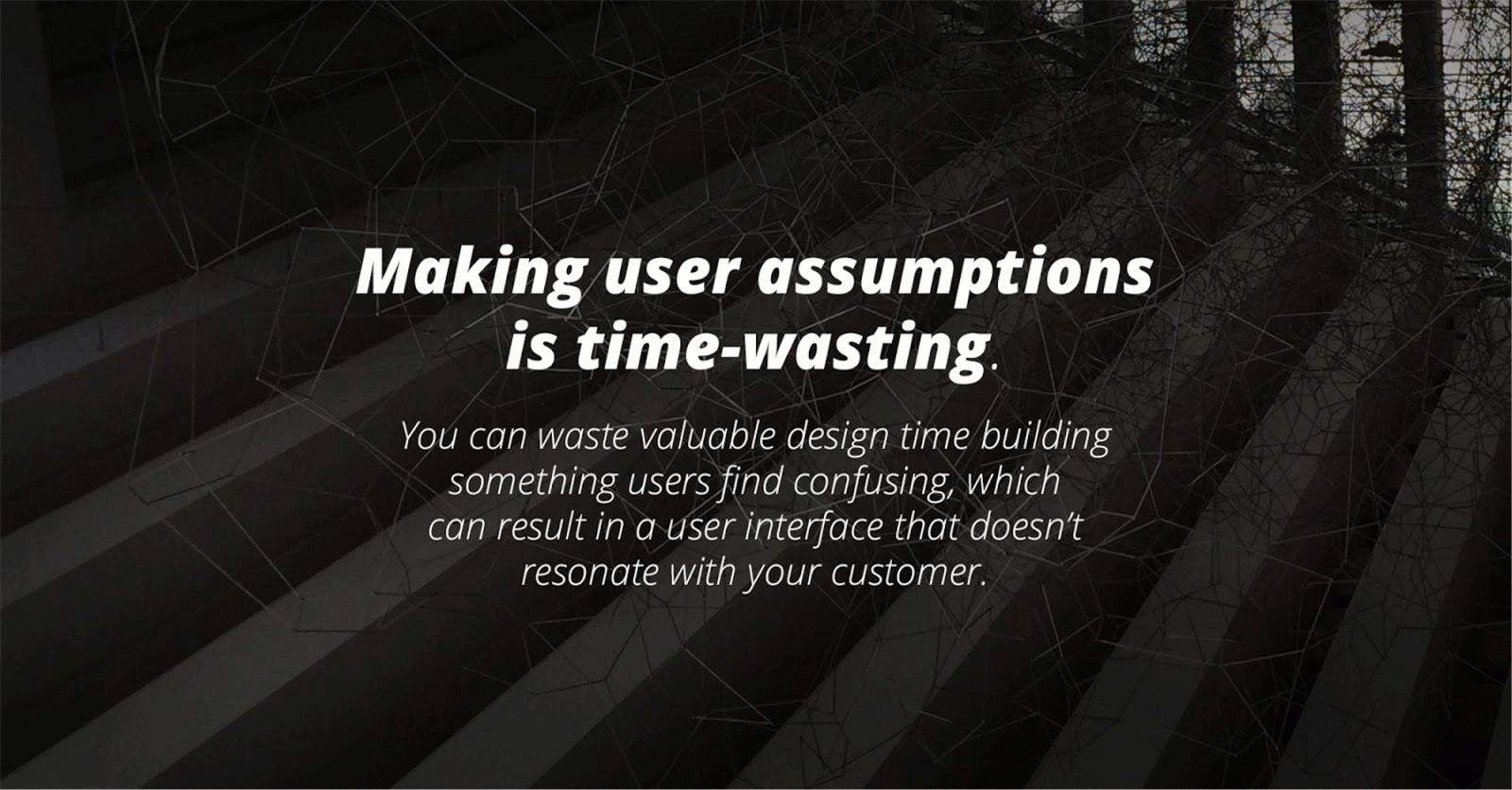
To avoid the risk of jeopardising the concept, the team, which consisted of Thoughtworkers and bank staff, built a case for justifying a soft-launch of the product. This allowed the team time to get user feedback, incorporate learning, and launch with a more user-friendly feature.
The product owner fully supported the decision to 'get it out, then get it right' approach. Having the product owner’s support speaks volumes for the great team relationship.
Making the idea better for the end user
Whatever new innovation you’re launching, whether it’s a new type of confectionery like Mars Celebrations or a new banking app feature, getting into the minds of your customers is key to its success. You may have the best technology, but if the design and experience of interacting with your idea does not resonate with your audience, you’ve failed.
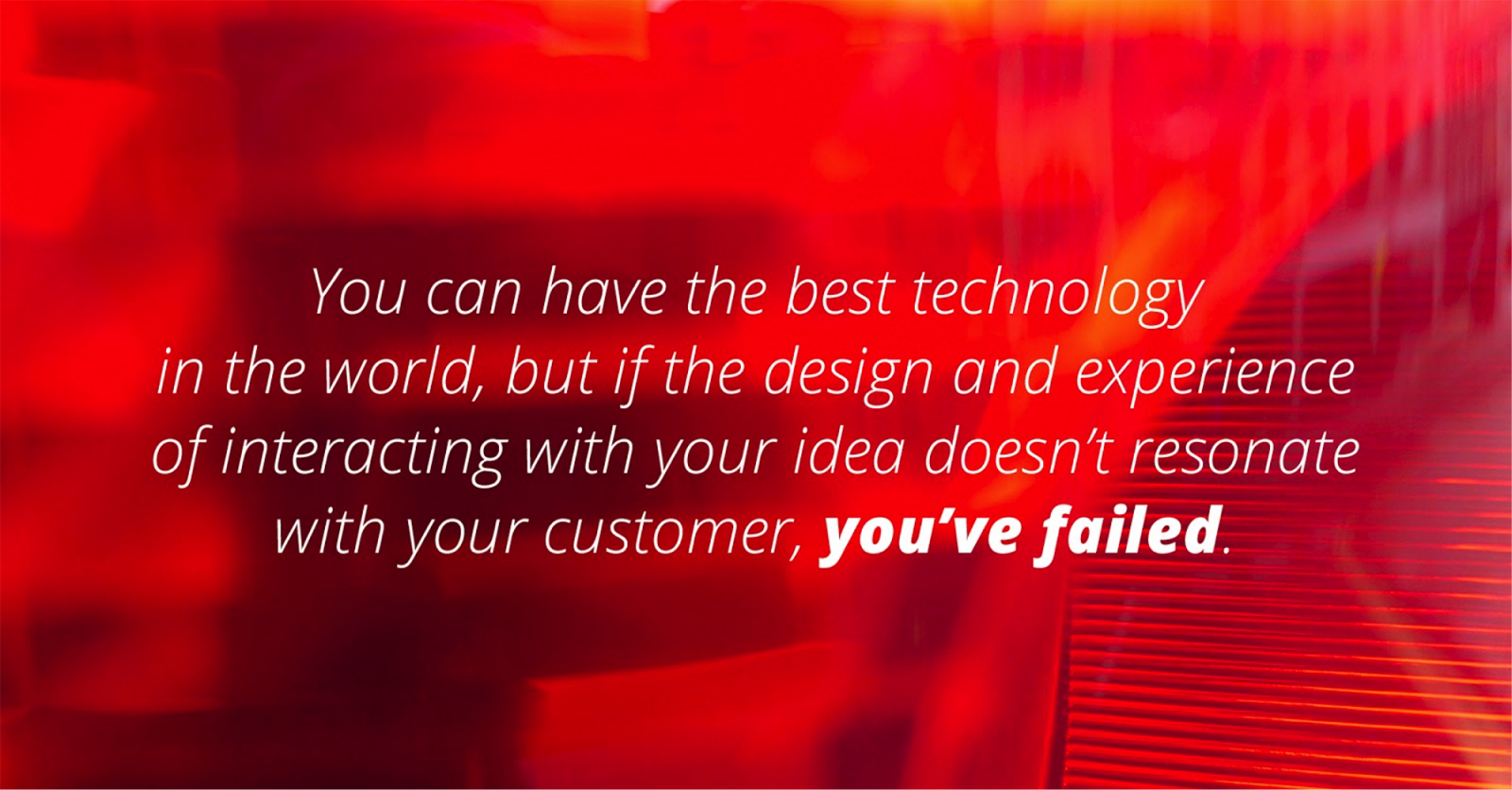
With the bill sharing concept, we selected a group of users that met our target profile and conducted face-to-face user testing, which was invaluable to the project. This allowed us to confirm the following:
- The new flow we wanted to implement was the correct approach. Validating this before we started re-coding saved time and money.
- The younger audience does not like to read detail! Finding this out helped us write the correct onboarding messaging and prompts.
- 50% of users paid attention to adding the reference number, as requested in the text message. Finding this out helped us avoid wasting any more time refining the messaging and thinking of alternate ways to improve it.
- Removing what I believed to be unnecessary text to give a cleaner design, was proven to be something users preferred; they still understood the context.
It’s essential for a brand to engage consumers and take them along for the journey. The younger audience likes to get involved and the users of our app are very vocal; embracing this not only improved our new feature, but also made our younger customers feel valued.
Along with conducting face-to-face user testing for the ‘soft launch’, we also wanted users to give us feedback on the new feature. This would help us improve it in time for the official launch, which would coincide with the marketing campaign.
A small message that wouldn’t intrude on the user's experience of the app was added. It simply read: “Hey, we’re building this new feature that we think you might like. It would be great if you can help us out, try it and give us some feedback.”
Unsure if we would gain useful (or any) feedback from our users, we felt it was important to try. Within a day of the ‘soft launch’ we started receiving great feedback. This enabled us to prioritise our ‘wish list’ of improvements allowing us to avoid wasting time implementing the wrong items, and ensured we gave our users what they wanted, rather than what we thought they wanted.
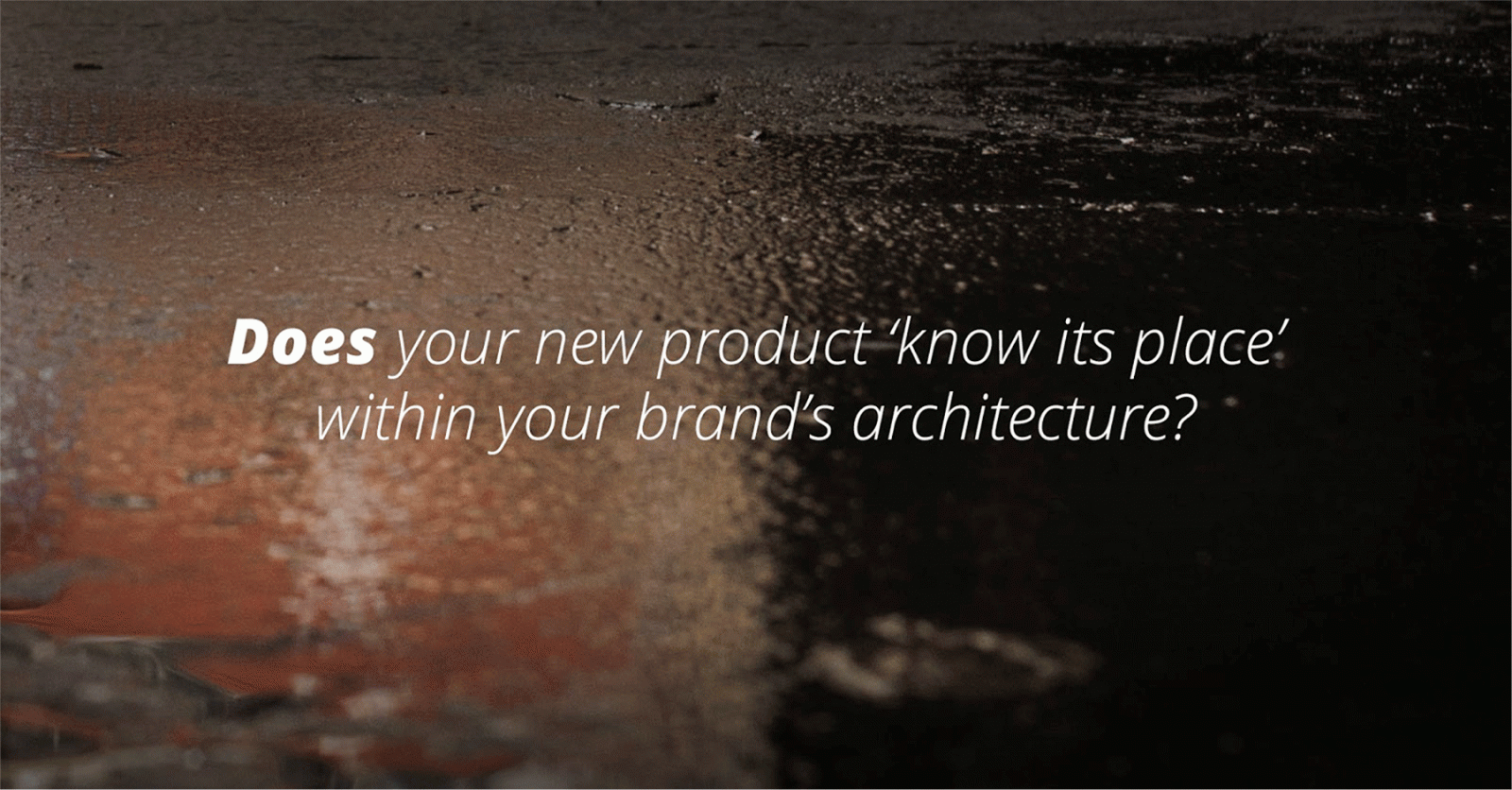
Design can make all the difference to your new innovation
When launching a new product, not only do you need to ensure it resonates with your customer, gives a great user experience, and technically works, but it must also ‘know its place’ within your brand architecture. Ask yourself the following:
- If it’s a new feature within an existing product:
- Does it still reflect the brand guidelines?
- Are there ways you can still improve the design, without going away from guidelines, to ensure the customer gets a new experience but still recognises the brand?
- If it’s a completely new standalone product, which doesn’t need to rely on the main brand name to support it:
- Does it resonate with the target market and stand out from other possible competitors?
How did we achieve it?
The bank we were working with targets the older generation, whereas the new feature was very much for the younger generation.
The younger generation within the mobile world is very passionate and vocal about being an ‘Apple’ or ‘Android’ follower. Both platforms have very different user interface designs and interaction, yet the majority of native apps, particularly Bank Apps, tend to use an iOS style across both App platforms.
We wanted the new feature to give the user a true native app experience, along with still feeling like the same bank. We only had a few weeks to implement and test both UI designs, which required prioritising for the maximum effect. Both iOS and Android style icons were implemented, along with appropriate layouts meeting material design and iOS guidelines. We were also able to integrate some native interaction gesture animations.
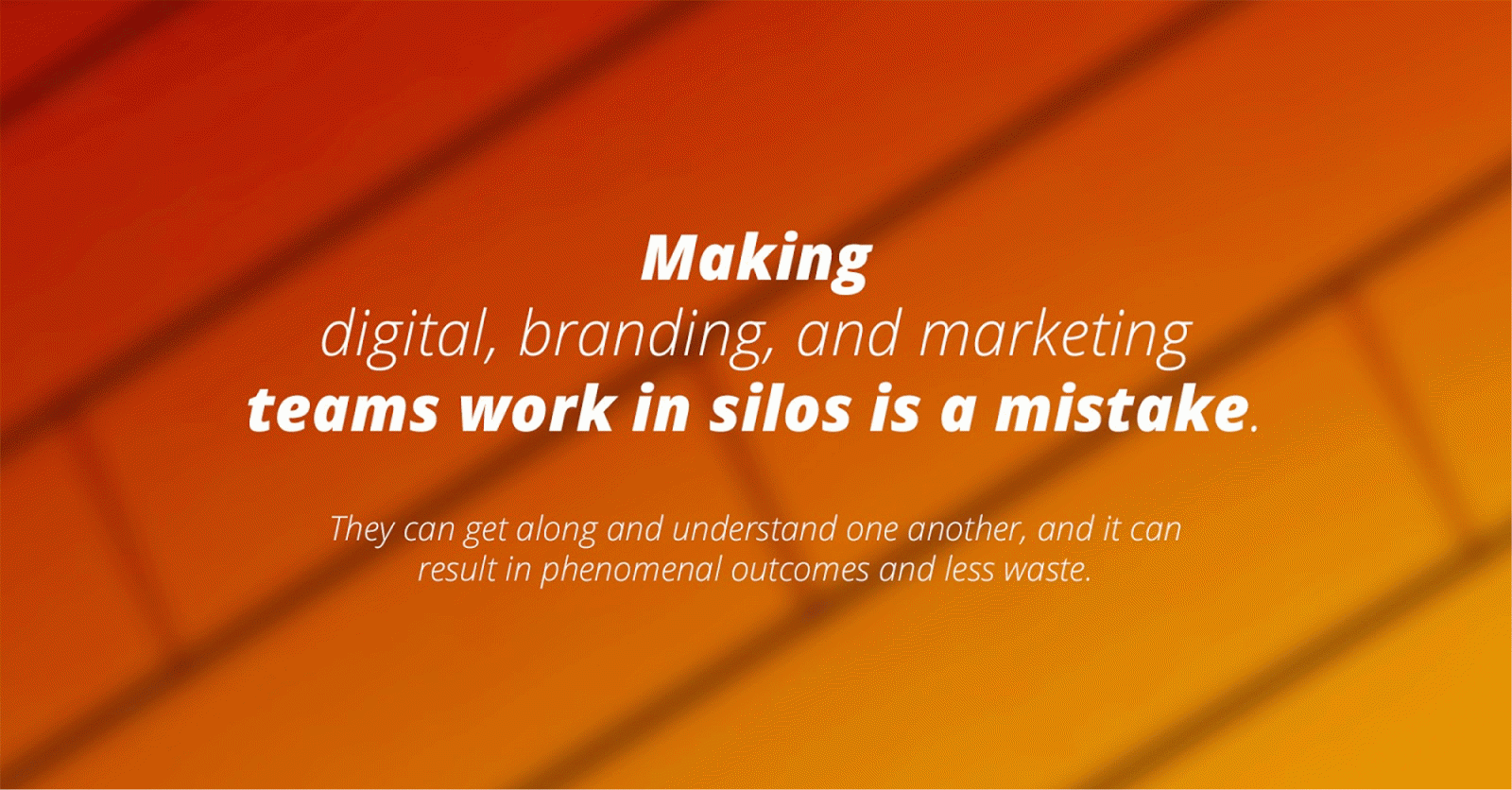
Why different departments should work as one
If your new innovation is digital, such as an app, wearable, or piece of software, it’s important that all the teams involved - from creation to production to launch - all work together and are kept informed.
Many companies keep digital, branding, and marketing teams apart, thinking neither understands the other, which causes complications. Marketing teams may be misinformed, or perhaps not understand the unique selling point; the digital teams might not be given the correct brand position for the product, or know correct deadlines.
Having all the teams working together avoids ‘middle men’ obstructing the flow of information and leads to a much better outcome.
With the bank's new concept, we kept the marketing team informed with the improved features, latest UI designs, and insights from user testing, which we felt would help with their FAQ webpage. This strengthened their PR efforts. We were also kept up-to-date on the progress of the campaign concepts and media schedule. Having a direct relationship avoided ‘middle men’ passing messages and created one large team working towards one goal, rather than several teams heading in different directions trying to meet the same goal.
What can we learn from this?
Listening to staff from all areas of the business can not only generate remarkable innovations to transform your business, but also makes staff feel more valued. If you employ a large number of Gen Ys, holding Innovation Days is a great way to encourage their personal growth.
“58% of Gen Y want pathways to personal growth and want this closely tied to recognition initiatives.” - Huff, C, 2006
To reduce possible production problems, ensure you get everyone who would be impacted involved from the beginning. This will not only help you better estimate the effort, but the wider team might have further ideas on how best to build the product.
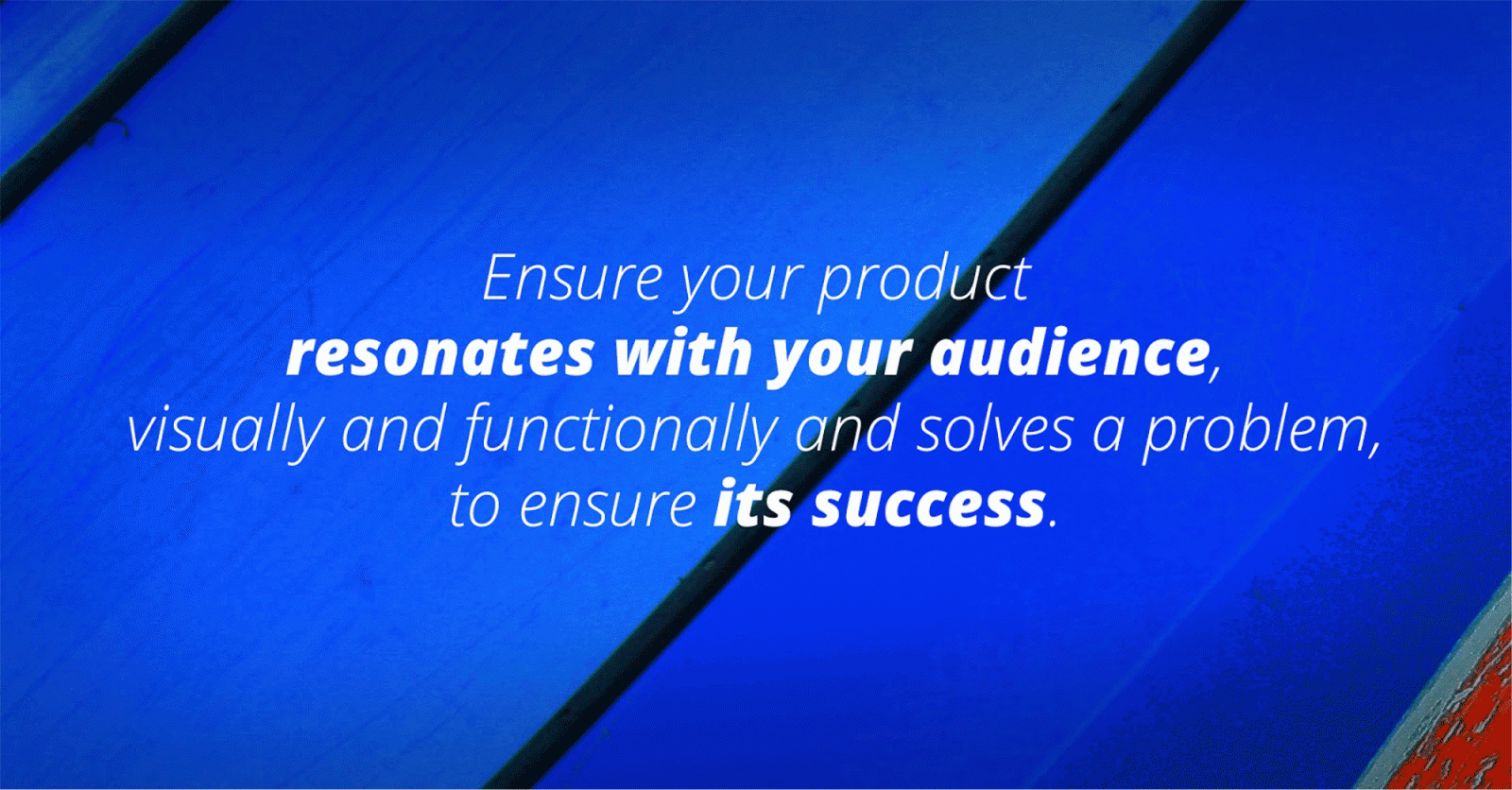
Don’t be afraid to refine and test your new product throughout the build cycle; ensure your target audience is always centre of mind. Ensuring your product not only resonates with your audience visually but also functionally (solving a problem) is a sure-fire way to ensure its success.
Disclaimer: The statements and opinions expressed in this article are those of the author(s) and do not necessarily reflect the positions of Thoughtworks.














